No, the Canadian oil sands are not making "clear strides to net-zero."
The companies are running all these big ads making promises, without explaining what they are. It is all a fantasy.
All the Canadian papers have these expensive full-page ads claiming that the companies digging up 95% of the Alberta oil sands are “teaming up to invest in technology and innovation as part of a robust plan” on their path to net zero. But what do they mean? What do they propose? Is this all greenwash? Or is it a fantasy?
If you visit the site, PathwaysAlliance.ca they say that “we’re working together on an ambitious, actionable plan to reduce greenhouse gas (GHG) emissions from oil sands production in phases, with the ultimate goal of net zero emissions by 2050. Canada has the opportunity to be the preferred supplier of responsibly-produced oil to the world.”
Note my highlighting of “from oil sands production.” They are not talking about the carbon emissions that come from burning petroleum products or natural gas that come out of our tailpipes or chimneys; those are what’s known as Scope 3 Emissions, roughly 90% of the emissions in the conventional oil industry, and those are not their problem; we are buying what they are selling, and we are burning it. They are ignoring them and consider them our problem.
The Pathways Alliance is talking about Scope 1 and 2 emissions, those that come from their production of petroleum products, and there are a lot of them.
Our image of the Alberta oil sands is one of big holes and giant trucks carting oily sand, but it isn’t like that anymore. According to the Alberta Energy Regulator, “Around 80 percent of the oil from Alberta’s oil sands is buried too deep to mine and can be recovered only by drilling wells. That’s where “in situ” recovery comes in.”
In Situ extraction involves making high-pressure steam with natural AKA fossil gas, heating the bitumen until it liquefies, and pumping the mixture up. It takes a lot of gas to do this; According to new research, it takes one unit of natural gas energy to recover 2.9 units of oil. Conventional drilling has an energy return on investment (EROI) of 25:1. (Another scientist quoted on Inside Climate News says the EORI is closer to 1:1, and the industry says it is between 6 and 10. It doesn’t matter; it is still all scope 1 and 2 and far worse than conventional oil.)
Our Pathway pals want to capture the emissions from burning all that gas needed to boil all that oil, liquify it, and pipe it south where they can stick it in the ground. That’s carbon capture and storage, or CCS. Pathways Prez Kendall Dilling says “CCS has been globally recognized as one of the most effective means of reducing industrial greenhouse gas emissions, and Alberta’s geology makes this one of the most ideally suited places in the world to safely inject and permanently store CO2.”
Note the fine print on the plans for 2050: first, they will bury the CO2, and then they will replace the fossil gas they are burning now with hydrogen or small modular nuclear reactors. So they are going to make hydrogen from fossil gas, a stupid idea if there ever was one, which creates tonnes of CO2 on its own that have to be captured, or they are going to nuke the water, all so they can keep producing oil which as we noted before, puts out tonnes of CO2 when it is finally burned.
So Alberta oil which is already way more expensive than Middle East oil that barely needs to be pumped, let alone boiled, is now somehow going to support the extra cost of carbon capture, liquefaction, transport and storage, and later hydrogen and mini-nukes.
The Pathways pals quote a 2021 report from the International Energy Agency (IEA) that says there will still be lots of demand for oil in 2050, but in 2022 the IEA changed its tune.
“Energy markets and policies have changed as a result of Russia’s invasion of Ukraine, not just for the time being, but for decades to come,” said IEA Executive Director Fatih Birol. “Even with today’s policy settings, the energy world is shifting dramatically before our eyes. Government responses around the world promise to make this a historic and definitive turning point towards a cleaner, more affordable and more secure energy system.”
The Pathways Pals are ignoring the massive demand destruction that is happening right now, as cars electrify and buildings heatpumpify. According to Bloomberg NEF, the switch will be dramatic.
“The market is shifting from being driven primarily by policy, to one where organic consumer demand is the most important factor. As regulatory drivers begin to play less of a role, consumer adoption dynamics—the ‘S-curve’—take over”. The S-curve describes the uptake of new technology that eventually takes off not in a linear fashion but exponentially, with sudden and overwhelming effects (Foster, 1986). There are numerous examples of such a dynamic with past technologies, including cellphones, personal computers and, ironically, internal combustion engine passenger vehicles.”
Demand doesn’t have to drop very much for Alberta oil to be priced out of the market, even before buying nukes and hydrogen.

But finally, and most importantly, nothing the Pathway Pals do reduces the Scope 3 greenhouse gases, the vast majority that comes out of the tailpipes or chimneys or any of the other side effects of oil production. These are the ones that have to be eliminated to meet obligations under the Paris agreement.*
The pathway pals finally play the job card, suggesting that 35,000 jobs will be generated compared to the “do nothing” scenario. The reality is that the 125,200 jobs in the mining and oil sector now are at risk. There is no “do nothing” scenario; we must create jobs in other sectors. As the International Institute for Sustainable Development concludes:
“The coming peak and drop in global demand matters for Canadian producers—in the long run, it presents an existential threat. In the near-to-medium term it promises to take the vitality out of a sector that has historically contributed enormously to the Canadian and provincial economies. These realities are acutely important for Canadian government policy. Canada cannot afford to delay support for diversifying into sectors that can replace oil as an engine of economic prosperity while simultaneously building a cleaner, healthier world.”
The Pathways Alliance may help keep the newspapers alive with their full-page ads, but their own industry’s future is just as cloudy.
*I have deleted a paragraph where I quoted an author who I no longer trust as a source. See Bob Baal’s comment below.
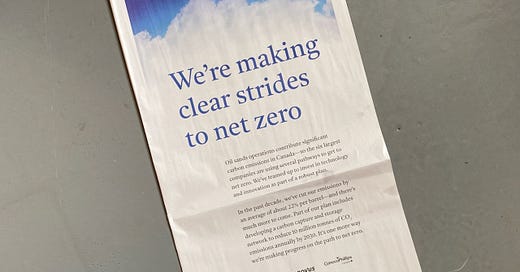






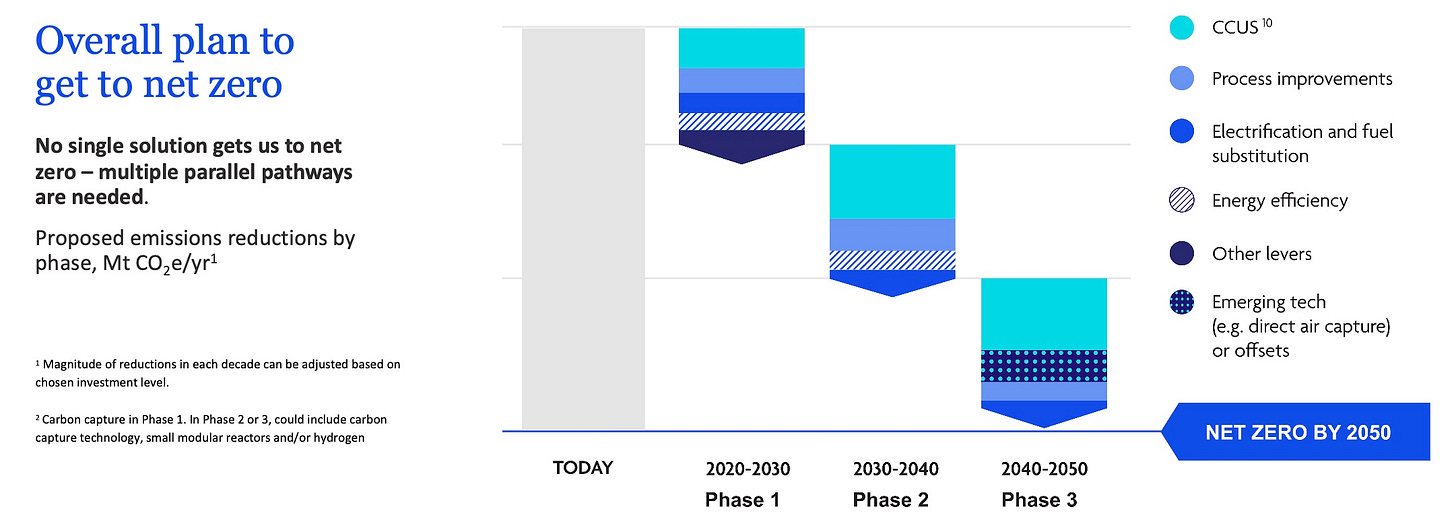
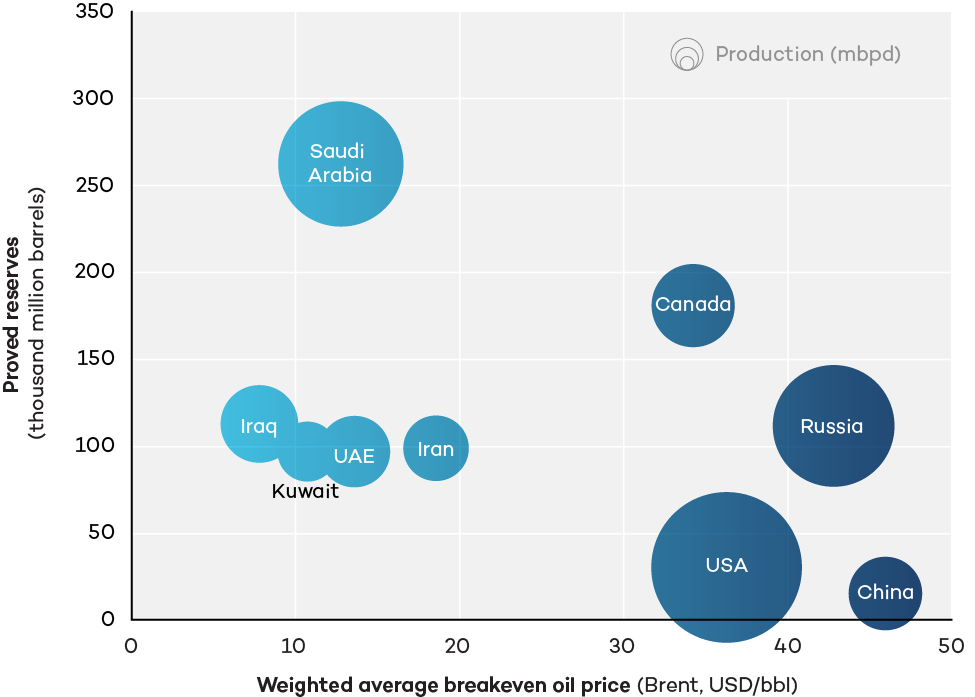
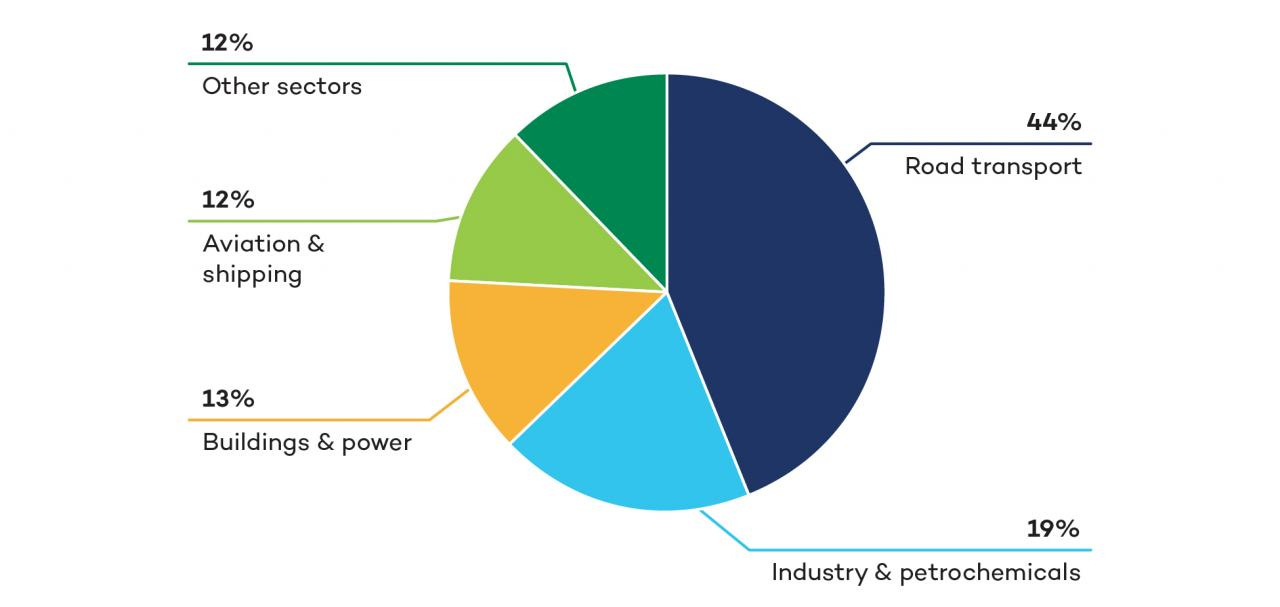
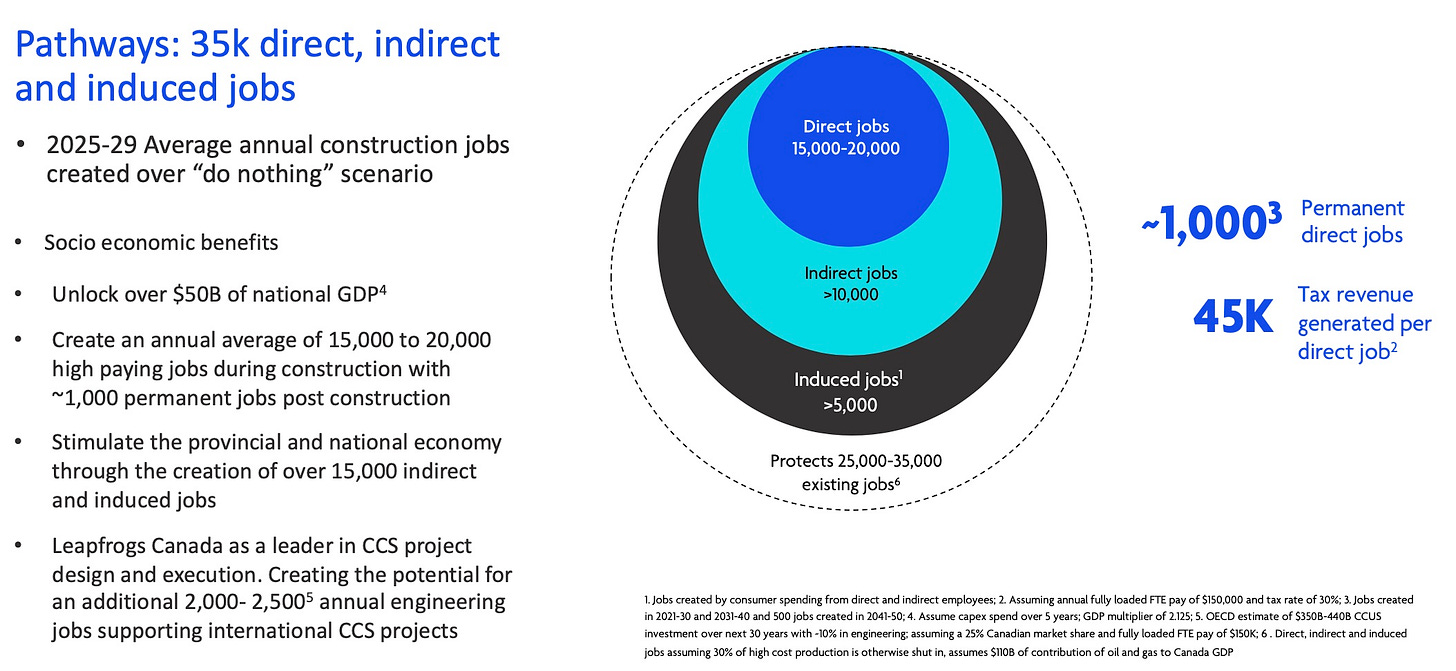
"And as Mark Z. Jacobson notes in his new book,"
What! I am sorry but why are you quoting that guy, that's just desperate.
"No Miracles Needed" - wrong title should be " No Truths Contained"
I mean he is notorious for rigging and cherry-picking numbers. Also, suing people who point this out.
It damages your own credibility and strength of argument to use him as a source.